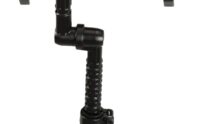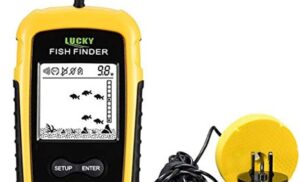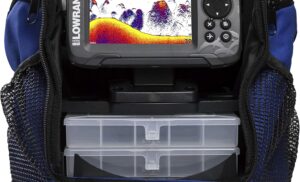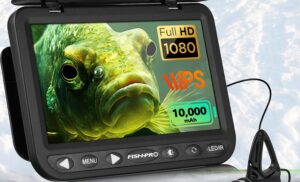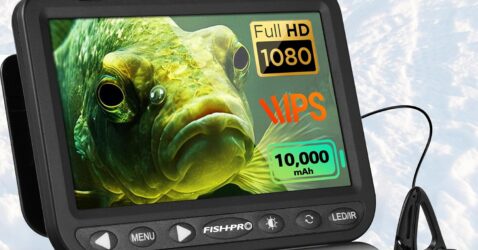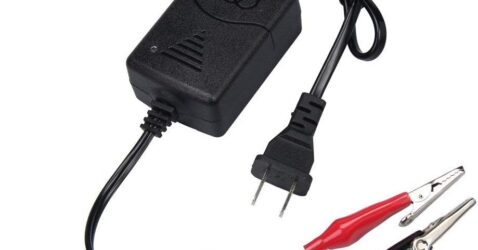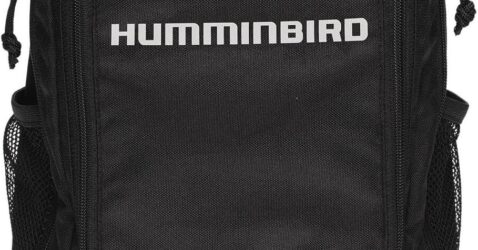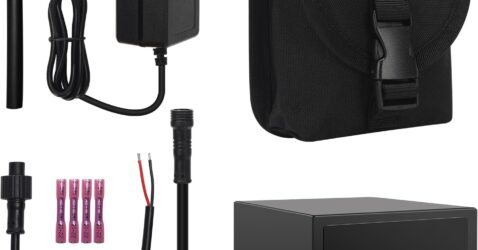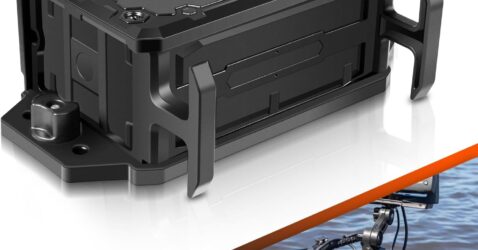How to Properly Maintain Your Fish Finder Battery for Optimal Performance
How to Properly Maintain Your Fish Finder Battery for Optimal Performance
Fishing enthusiasts know that having a reliable fish finder can mean the difference between a successful outing and a frustrating day on the water. Central to this technology is its power source—the battery. Proper battery maintenance is crucial for ensuring that your fish finder operates at peak performance when you need it most. Here’s a guide to help you maintain your fish finder battery for optimal performance.
1. Choosing the Right Battery
Before diving into maintenance, it’s essential to start with the right battery. Most fish finders use either lead-acid or lithium-ion batteries. Each type has its pros and cons:
-
Lead-Acid Batteries: These are more affordable but heavier and have a shorter lifespan. They require more maintenance, such as checking fluid levels.
- Lithium-Ion Batteries: More expensive, but they are lightweight, have a longer lifespan, and require less maintenance. They also provide consistent power output.
Make sure to choose a battery that matches your fish finder’s voltage and amp-hour requirements.
2. Regular Charging Practices
Maintaining your battery begins with proper charging. Here are some best practices:
-
Use the Correct Charger: Always use a charger specifically designed for your battery type. Using the wrong charger can lead to damage or reduced performance.
-
Avoid Overcharging: Overcharging can shorten your battery’s lifespan. If you have a smart charger, it should automatically regulate charging. If not, monitor the charge and disconnect once fully charged.
- Charge After Use: Make it a habit to charge your battery immediately after use. This keeps it topped off and ready for your next fishing trip.
3. Storage Tips
When storing your fish finder battery, consider the following:
-
Store in a Cool, Dry Place: Extreme temperatures can negatively affect battery performance. Ideally, store your battery between 32°F and 80°F (0°C to 27°C).
-
Keep it Charged: If you’re not using your battery for an extended period, charge it to about 50% to 70%. This helps prevent deep discharge, which can damage the battery.
- Check Regularly: If your battery remains in storage, check its voltage every month. Recharge if it falls below the recommended level for your battery type.
4. Maintenance for Lead-Acid Batteries
If you’re using a lead-acid battery, here are some additional maintenance tips:
-
Check Fluid Levels: Regularly inspect the electrolyte levels in the battery cells. If they are low, add distilled water to maintain the proper level.
-
Clean Terminals: Corrosion can build up around the terminals, leading to poor connections. Clean the terminals with a mixture of baking soda and water, followed by a thorough rinse and drying.
- Equalize Charge: Occasionally perform an equalization charge to balance the cells. This process can help extend the battery’s life by ensuring all cells are charged equally.
5. Maintenance for Lithium-Ion Batteries
For those using lithium-ion batteries, maintenance is simpler:
-
Avoid Deep Discharge: Unlike lead-acid, lithium-ion batteries perform best when not completely drained. Try to recharge when they reach around 20% capacity.
-
Keep Away from Heat: Heat is detrimental to lithium-ion batteries. Avoid leaving your battery in direct sunlight or near heat sources.
- Monitor Battery Health: Many lithium-ion batteries come with built-in management systems that monitor health. Pay attention to any alerts or warnings.
6. Testing and Replacement
Regularly test your battery’s performance. If you notice your fish finder shutting down unexpectedly or taking longer to charge, it may be time for a replacement. Most batteries have a limited lifespan, and knowing when to replace them can save you from frustration on the water.
Conclusion
Proper maintenance of your fish finder battery is essential for ensuring optimal performance during your fishing adventures. By choosing the right battery, following best charging practices, storing it correctly, and performing regular maintenance, you can extend the life of your battery and enhance the reliability of your fish finder. With a well-maintained battery, you’ll be ready to catch the big one—every time.



